Paul Chek – Program Design
$179.00 $42.00
Product Include:[3 DVDs – AVI]
File size:2.28 GB
Paul Chek – Program Design

**More information:
Get Paul Chek – Program Design at Salaedu.com
Description
Program Design 2nd edition DVD edition
Presented by Paul Chek
Shipped with physical DVDs and printed manual. Online testing available
Manual, 2 DVDs and test
CECs and CEUs: C.H.E.K Institute 8.0, ACE 0.8, NASM 0.7, NSCA 0.8, ISSA 7.0, ACSM 8.0, Cooper Inst 8.0, AFAA 7.0, BCRPA 8.0, Canfitpro 4 PTS
Exercise is like a drug; given in the right quantities at the right time, it can help a person. In the wrong quantities at the wrong time it can hurt the same person. A key skill for any fitness professional is being able to design individualized exercise programs that will lead to optimal performance for all types of clients; this correspondence course is designed to teach you to do just that! You will learn how to combine and manipulate acute exercise variables; not just reps and sets, but also loads, tempo and rest periods. Periodization concepts are covered and case histories are used as illustrations, bringing real-life examples to help you understand these critical factors. Move far beyond the “one-program-fits-all” approach and develop an in-depth understanding of how to use the science of selecting acute exercise variables to create effective programs for all your clients.
In this course you will learn:
How to select optimal rep/intensity zones to achieve any desired outcome
How to calculate repetition/intensity correlations
How to determine how many sets are optimal for developing optimal strength
The science and application of tempo
How to select the optimal rest period length for any exercise, in any loading zone
Periodization concepts for program development.
Frequently Asked Questions
What is the grade required to pass?
The passing grade for all correspondence courses is 80%. A Certificate of Completion with CECs and CEUs will be sent once you have successfully passed the test.
Will the DVDs play in DVD players outside North America?
The CHEK Institute DVDs are formatted for Region 0, which means they will likely play in all DVD players regardless of country of origin, unless the player is an older model, which is generally considered to be more than five years old. If you have an older player, you may need to upgrade to a newer model to play these DVDs.
Can this be used for bodybuilders?
Yes. The information presented in this course teaches the viewer how to train for a multitude of goals and different types of athletes. In this course, Paul teaches people how to manipulate training variables to achieve hypertrophy (muscle building), strength, power and endurance. Overall this is a comprehensive course covering a variety of training modalities for a myriad of different personal and professional goals.
How long will it take to complete?
CHEK Institute recommendation – 8 hours
This is dependent on the person taking the course and the reasons they are taking it. Some people only needing Continuing Education Credits will watch the videos once through and successfully pass the test. Other people who are more interested in learning the information or are interested in taking it as a prerequisite for the CHEK Exercise Coach Program will sometimes watch the videos 2-3 times through. Given that there are over 3 hours of videotape in this course, it will take at least this long to complete. All this being said, we recommend that people spend 8 hours studying the course materials before taking the test.
I’ve been in the business for a while. Is this course too basic?
We have found that even experienced personal trainers and strength coaches have learned new information from this course. For knowledgeable individuals who have studied training variables at length may find that some of the information presented is not new to them. However, we’ve found that even the most seasoned coach, trainer or therapist have benefited from watching these videos. By watching these videos and reading the manual, they find that it presents information largely unused by most of the fitness industry putting them ahead of their competition.
Does it include exercises?
The intent of this course is to describe a multitude of training variables that can be applied to virtually any exercise. Occasionally, Paul will use an exercise to demonstrate an example of a principle he is teaching, but the course does not teach exercises in a practical way.
How different is the 2nd edition of the correspondence course from the 1st edition?
The science presented in the course is similar, but the presentation has been updated to include more practical examples and case studies.
Fitness
More information about Fitness:
Regular exercise and physical activity promotes strong muscles and bones. It improves respiratory, cardiovascular health, and overall health.
Staying active can also help you maintain a healthy weight, reduce your risk for type 2 diabetes, heart disease, and reduce your risk for some cancers.
Moderate aerobics exercises 3 times a week for 30 minutes can reduce cancer risk Cancer-based exercises provide relief to the patient during
cancer treatment There are many benefits to exercising. But it’s even more beneficial for cancer patients. This has been proven in research published in the medical journal ‘Cancer Journal for Clinicians’.
Health and Medical course
More information about Medical:
Medicine is the science and practice of establishing the diagnosis, prognosis, treatment, and prevention of disease.
Medicine encompasses a variety of health care practices evolved to maintain and restore health by the prevention and treatment of illness.
Contemporary medicine applies biomedical sciences, biomedical research, genetics, and medical technology to diagnose, treat, and prevent injury and disease,
typically through pharmaceuticals or surgery, but also through therapies as diverse as psychotherapy, external splints and traction, medical devices, biologics, and ionizing radiation, amongst others.
Medicine has been around for thousands of years, during most of which it was an art (an area of skill and knowledge) frequently having connections to the religious and
philosophical beliefs of local culture. For example, a medicine man would apply herbs and say prayers for healing, or an ancient philosopher and physician would apply bloodletting according to the theories of humorism.
In recent centuries, since the advent of modern science, most medicine has become a combination of art and science (both basic and applied, under the umbrella of medical science).
While stitching technique for sutures is an art learned through practice, the knowledge of what happens at the cellular and molecular level in the tissues being stitched arises through science.
More Course: FITNESS – HEALTH – MEDICAL
Outstanding Course: Biolayne Site Rip November 2017
1 review for Paul Chek – Program Design
Add a review Cancel reply
Related products
Everything Else
Health – Fitness – Medical
Health – Fitness – Medical
Health – Fitness – Medical
Health – Fitness – Medical
Health – Fitness – Medical

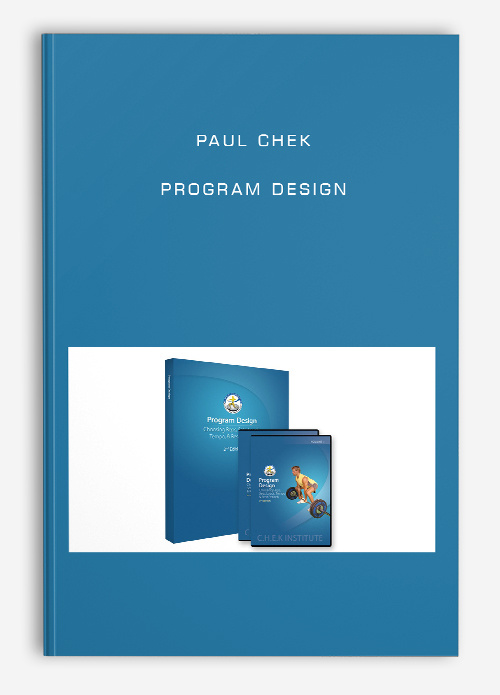
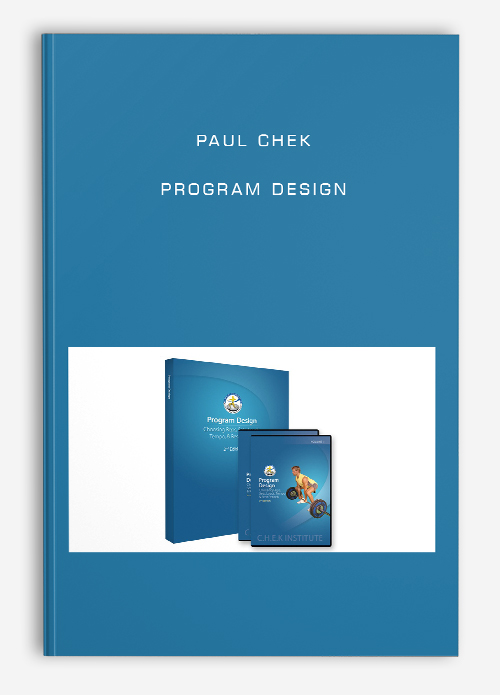
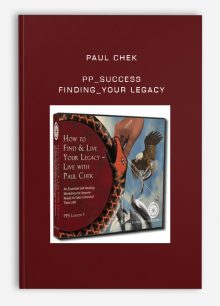
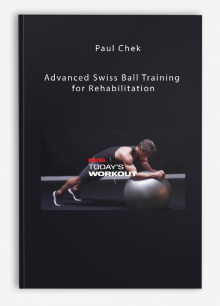
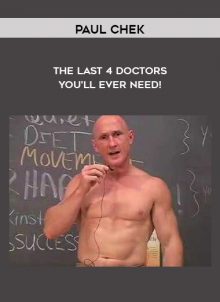
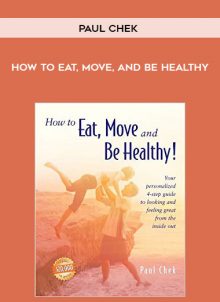
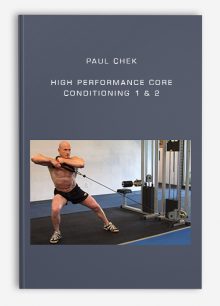
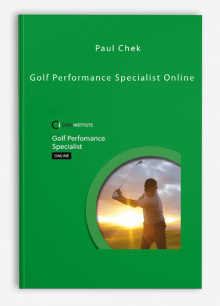
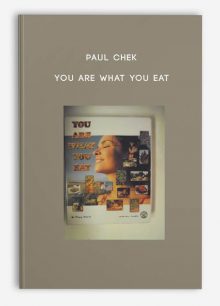
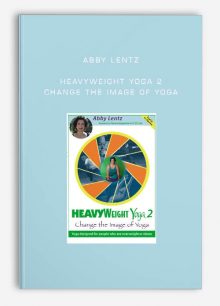
king –
We encourage you to check Content Proof carefully before paying.“Excepted” these contents: “Online coaching, Software, Facebook group, Skype and Email support from Author.”If you have enough money and feel good. We encourage you to buy this product from the original Author to get full other “Excepted” contents from them.Thank you!